When you crack open a novel you're stepping into the shoes of the narrator of the story. And how that story unfolds and immerses you largely depends on the point of view (POV) it's told from. Point of view isn't just a technical choice or term; it's the lens through which readers experience the narrative.
It can be confusing navigating these or deciding which one to use, and how.
We look at the first person and third person, which are the most commonly used, but there’s also the choice of using the interesting second person, and the less common fourth POV.
So, here’s a guide to using all of these POV, with pros and cons of each, and examples from novels and stories.
First person point of view: I am the story
First person POV is intimate, immediate, and personal. Here, the narrator speaks directly to the reader using pronouns like ‘I’, ‘me’ and ‘my’. This perspective invites readers into the mind and emotions of the protagonist, offering insights that are often colored by the narrator's biases, knowledge, and experiences. It’s an engaging way of letting your reader in on a character’s thoughts and motivations and that’s one of its benefits, a deep five into a protagonist's thoughts and feelings. Because it is so immediate, it’s a compelling way of letting your reader into the mind and world of your narrating character. Readers may feel a strong connection to your first person narrator.
The downside of using this narration is that it offers a limited perspective: readers are only going to see what the narrator sees, limiting their understanding of other characters and events.
First person can also present unreliable narrators: who are biased or unreliable, leading to misunderstandings or surprises for readers. Unreliable narrators may tell fibs and lies, the text may be full of contradictions. Readers may question the reliability of the narrative they're presented with Of course this may suit your aim in telling a story.
For example, Vladimir Nabokov offers an unreliable narrator in Lolita. Humbert Humbert, the protagonist and narrator, has an obsessive love for the titular character, Lolita, which leads him to justify and romanticize his predatory behavior, presenting a skewed version of events that challenges a reader’s moral compasses.
Another challenge is to avoid starting too many sentences with 'I'; vary your sentences, and change and edit ruthlessly if you find that you have done this.
Use first person narrators when you are presenting a memoir-like story, a confessional story perhaps, presenting a narrator who is telling their story as they would a memoir. Use it to create that sense of immediacy, drawing a reader into that intimate, sometimes insular world.
Also use this device to show or develop a distinctive and unique narrative voice. You could use slang, or the regional varieties of the language of the protagonist, creating a narrative that is full of color and quirks. This can be a challenge, however, so take time to get to know your character and where they come from and what their thoughts and beliefs are.
This POV is found in numerous stories and novels. Here’s an example from Venda Vida’s masterful novel, Let the Northern Lights Erase Your Name.
Travel is made for liars. Or liars are made by travel.
I had given a different explanation to the Belgian deejay sitting next to me on the flight from new York to Brussels. She grated on my nerves, and I wasn’t sure why. She was too eager, too loud, and I decided I could be mean to her.
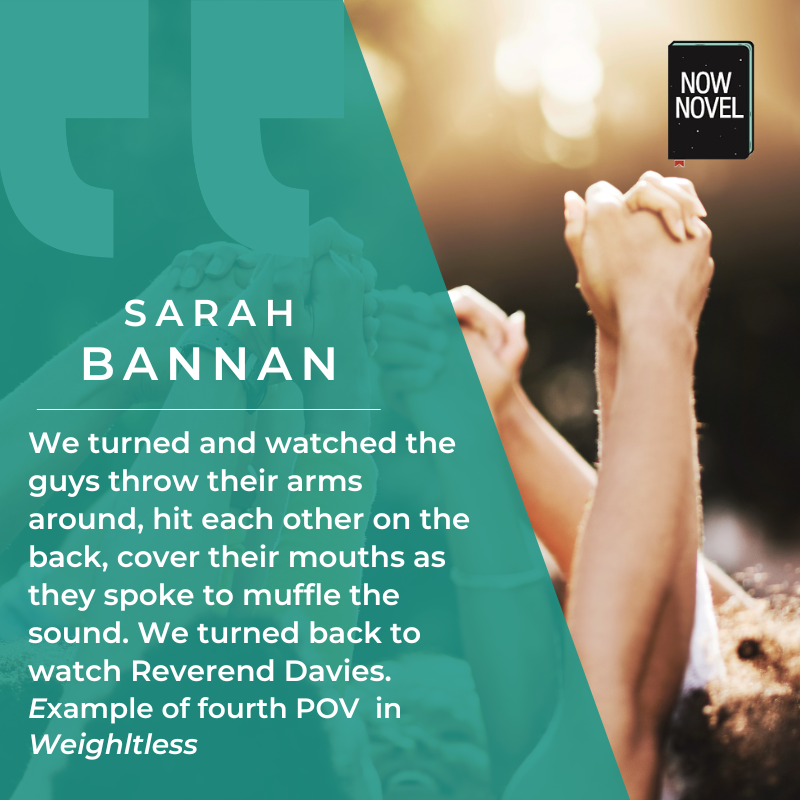
Second person point of view: you are the protagonist
Second person POV is the unconventional rebel of narrative perspectives. It directly addresses the reader as ‘you’ pulling them into the story as active participants. It can also be used in a slightly different way too, as a way of addressing someone else in the story, too, as though the story were a letter of some sorts.
This perspective is very rare and not often used, but it can be a powerful way of telling a story, too. You could also consider alternating chapters, using another POV and having second person in every second chapter, for instance. Erin Morgenstern uses a similar style in The Night Circus. While the majority of this fantasy novel is written in third person, there are interludes written in the second person that describe the experience of visiting the mysterious and enchanting Night Circus. Here’s an example:
“What kind of circus is only open at night?” people ask. No one has a proper answer, yet as dusk approaches there is a substantial crowd of spectators gathering outside the gates.
You are amongst them, of course. Your curiosity got the better of you, as curiosity is wont to do. You stand in the fading light, the scarf around your neck pulled up against the chilly evening breeze, waiting to see for yourself exactly what kind of circus only opens once the sun sets.
This pulls the reader right into the action of the circus, and shows a really unique way of telling a story, allowing you as the writer to experiment and try a new way of telling a story. There is, as with first person, a sense of immediacy and involvement as if the reader is experiencing events first hand.
Another way of using this POV is found in You by Caroline Kepnes: in this psychological thriller the narrative is addressed directly to the protagonist's love interest, referred to as ‘you’. The use of second person POV creates a chilling intimacy as the protagonist's obsessive and manipulative behavior unfolds. Here is an example of this style from the beginning page:
You walk into the bookstore and you keep your hand on the door to make sure it doesn’t slam. You smile, embarrassed to be a nice girl, and your nails are bare and your V-neck sweater is beige and it’s impossible to know if you’re wearing a bra but I don’t think that you are. You’re so clean that you’re dirty and you murmur your first word to me— hello—when most people would just pass by, but not you, in your loose pink jeans, a pink spun from Charlotte’s Web and where did you come from?
You are classic and compact, my own little Natalie Portman circa the end of the movie Closer, when she’s fresh-faced and done with the bad British guys and going home to America.
The cons of using this device is that it can be hard to sustain throughout a long work, like a novel. You need to be clear about the story you’re telling and where you want it to go. It can feel jarring or gimmicky if not executed well.
In addition, maintaining a balance between addressing the reader directly and maintaining narrative distance can be tricky.
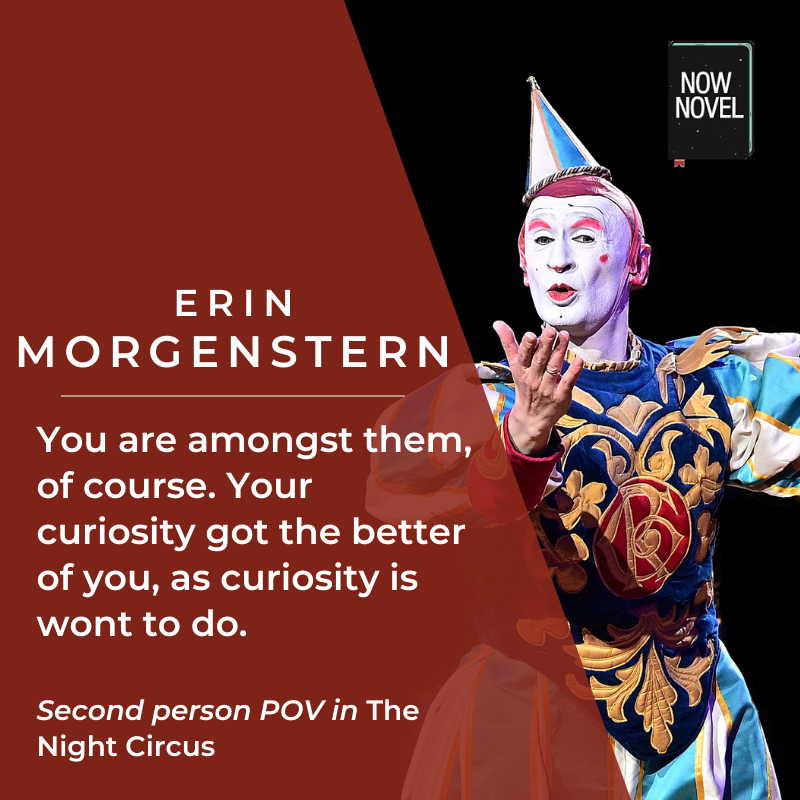
Third person point of view: They are the heroes
Third person POV is the workhorse of storytelling, offering versatility and flexibility in storytelling, and alongside first person POV holds its own in the popularity stakes. The best way to describe it is to compare it to a film, where the camera roves from character to character. It’s like having a camera hovering above the characters, capturing their actions, thoughts, and emotions.
Third person narratives can be further divided into limited and omniscient perspectives.
In limited third person, the narrator focuses tightly on the thoughts and experiences of a single character, using pronouns like ‘he’ ‘she’ and ‘they’. This still offers intimacy in that it allows for deep exploration of that character’s inner thoughts and their world. A drawback of this is that you can only get really close to one character this way. So think carefully about the story you are telling.
However, as you’re writing from the outside looking in, as it were, you can choose to hold back details, creating suspense and tension, with the protagonist finding out details alongside the reader.
Another advantage of this is that it offers a balance between the subjective intimacy of first person POV and the objective distance of omniscient third person POV. While readers see the world through the protagonist's eyes, they also have access to information and perspectives beyond the protagonist's knowledge. Thus, this perspective allows for intimacy with the protagonist while still providing some distance for narrative exploration.
Omniscient third person POV transcends the limitations of limited third POV. Here the narrator is ‘godlike’, omniscient, able to see into the minds of multiple characters and have intimate knowledge of them and their world, offering insights and perspectives beyond only one protagonist.
The beauty of this way of telling a story is that you have the freedom and flexibility to explore multiple characters, settings, and events within a single narrative. You can provide a more objective view of the story, free from the biases of individual characters. You can have a cast of many, delving into their lives and motivations. This is an excellent way of telling a story with a huge cast. Plus the omniscient narrator is free to comment and make philosophical judgements that the characters may not have.
The downsides of this third person POV can create a sense of detachment between the reader and the characters. Readers may struggle to connect with characters if the narrative jumps between multiple viewpoints too frequently. And then it can be confusing for readers to keep jumping between multiple characters' perspectives. You need to take care that you imbue each character with distinct personalities and physical features, for example, so that it’s easier to follow the multiple characters.
There are, of course, numerous examples of this in countless stories. Here’s one example from Daniel Martin by John Fowles. Incidentally, this novel uses both first person perspective and third, which is another way of mixing up your story telling.
The wind blows the indolent arms of the willows sideways and ruffles the water of the long reach. The distant wooded hills to the west and the intervening meadowlands are stained with summery cloud-shadow. On the far side of the Cherwell a young man, an undergraduate, poles a punt upstream. In the bow seat, facing him, a girl wearing sun-glasses reclines. She trails the fingers of her right hand through the water. He is twenty-three years old, and reading English; she is two years younger, and reading French. He wears army-surplus denim trousers and a navy-blue polo-necked sweater; she is in a dirndl peasant skirt, a dark green busily embroidered white and red; a white blouse and red Paisley headscarf. By her bare feet lie a rush basket, sandals and a strew of books.
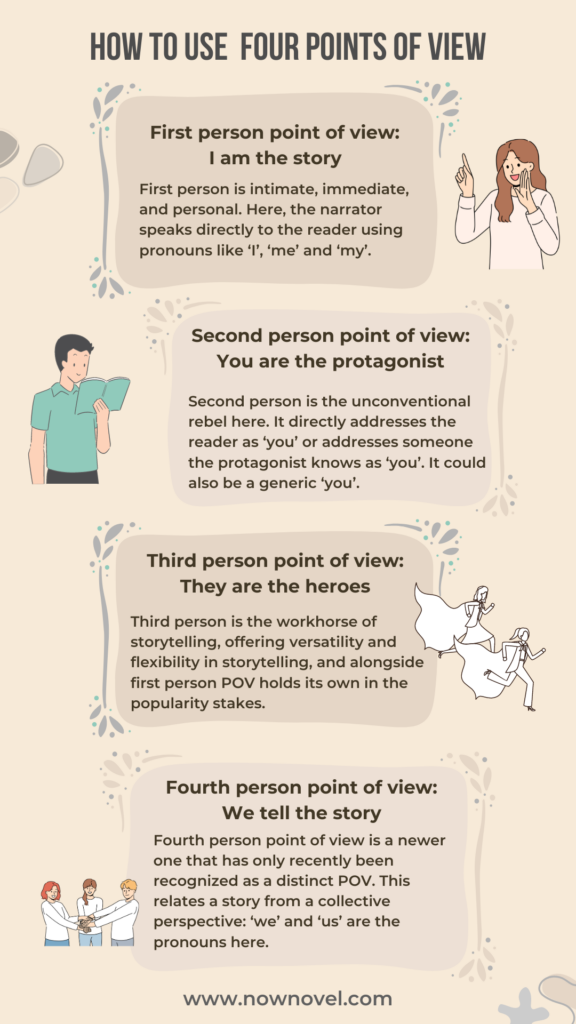
Fourth person point of view: we tell the story
Fourth person point of view is a newer one that has only recently been recognized as a distinct POV. This relates a story from a collective perspective: ‘we’ and ‘us’ are the pronouns used in these stories. A group of people tell a story in this style, narrating as one. The viewpoint is that of a group. Other pronouns used are: ‘one, someone, somebody, anyone, anybody, oneself, one’s’. This would occur in a sentence such as, ‘One was always getting into trouble,’ or ‘Anyone could see he was up to no good.’
Obviously, the advantage of this POV is that you can tell a story from a group perspective, if that fits your story. You could show the beliefs and thoughts of a group of townspeople, highlighting their world. It could be used to showcase a group of activists fighting for their rights. It’s also so rare that you could break boundaries, coming up with new ways of using this POV, and could make for a challenging and interesting way to tell a story.
Fourth person point of view is a newer one that has only recently been recognized as a distinct POV. This relates a story from a collective perspective: ‘we’ and ‘us’ are the pronouns used in these stories.
The disadvantage is that, since it is so rare, readers may struggle to relate to a group, rather than individual characters. They may also not be very familiar with this device, and could struggle to adapt.
To fully come to grips with this newly recognized POV, let’s look at a few examples. The first is by William Faulkner (proving that this device has been around for a while).
‘A Rose for Emily’ is a short story published in 1930 and is told from the perspective of an entire town. It opens with the collective tale of Emily’s funeral:
When Miss Emily Grierson died, our whole town went to her funeral: the men through a sort of respectful affection for a fallen monument, the women mostly out of curiosity to see the inside of her house, which no one save an old manservant—a combined gardener and cook—had seen in at least ten years.
And:
We did not say she was crazy then. We believed she had to do that. We remembered all the young men her father had driven away, and we knew that with nothing left, she would have to cling to that which had robbed her, as people will.
Another example is found in the Young Adult novel Weightless by Sarah Bannan, which is centered on 15-year-old Carolyn.
We turned and watched the guys throw their arms around, hit each other on the back, cover their mouths as they spoke to muffle the sound. We turned back to watch Reverend Davies – he didn’t move his head.
It’s interesting to note that some writers disagree with calling this style fourth POV and say, instead, that this is a collective first-person perspective.
For a comprehensive look at this POV read this handy post by David Koh. Also read Now Novel's post on using this point of view with a wide range of examples.
Mixing them all up
As mentioned above, you can choose to mix up POVs in a novel. Make sure you are familiar with each POV and feel confident writing in each. If you’re trying a rare POV, or one you havent attempted before, try a few writing exercises in that POV, or write a short story instead.
If you are wanting to alternate POVs in the story, make sure that you delineate clearly that each character is being highlighted for example you could use the character’s names in the title of each chapter. You could also change fonts (although this too can be gimmicky).
For more on this read our guide to see how to use multiple points of view in a novel.
For further reading, have a look at another of our guides to using point of view, with examples. Read too about dramatic point of view tips.



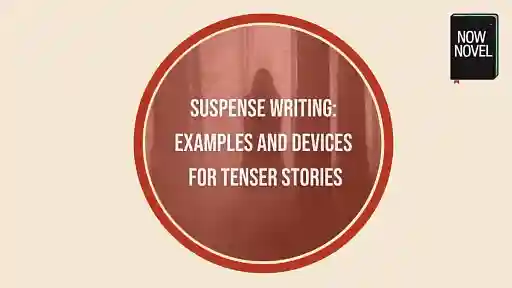
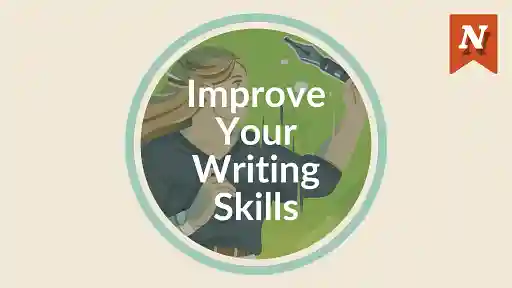


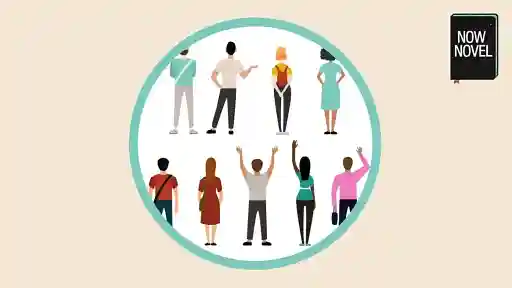



Interesting. I don't like second person POV as a reader. It seems strange that someone is telling someone else what they did (or are doing). Unless that person is suffering from dementia or amnesia, of course. Then it might work. But we don't get the intimate emotions, surely? As to 'fourth POV, well. That's just a variation on 1st person, as it looks to me. Call me old fashioned, but I prefer to read (and write) in first or third person.
V.M. Sang - About 1 year ago
Hello VM Sang, thanks for your thoughts on this. I quite like the second POV, it adds something quite intriguing to a narrative, although it's not for every story, of course. I think you can get intimate emotions in this POV. Fourth POV is also interesting. Whether it's a collective first POV or not is a debate. Sounds like it could be challenging to write though, although, again, some stories might lend themselves to it.
Arja Salafranca - About 1 year ago
I have no desire to ever write a first-person POV book but some authors can successfully combine this style with others POV styles. James Patterson is a master at combining first-person style with third-person style in his Alex Cross series.
Todd Hicks - 12 months ago
Thank you for your comment, Todd. Combining different POV styles can create a dynamic and engaging narrative! James Patterson’s Alex Cross series is a great example of this technique. By blending first-person and third-person perspectives, Patterson is able to offer both deep personal insight into the protagonist and a broader view of the story’s unfolding events. This approach allows readers to connect intimately with the main character while also understanding the larger context and multiple perspectives within the plot.
Dirnise At Now Novel - 11 months ago